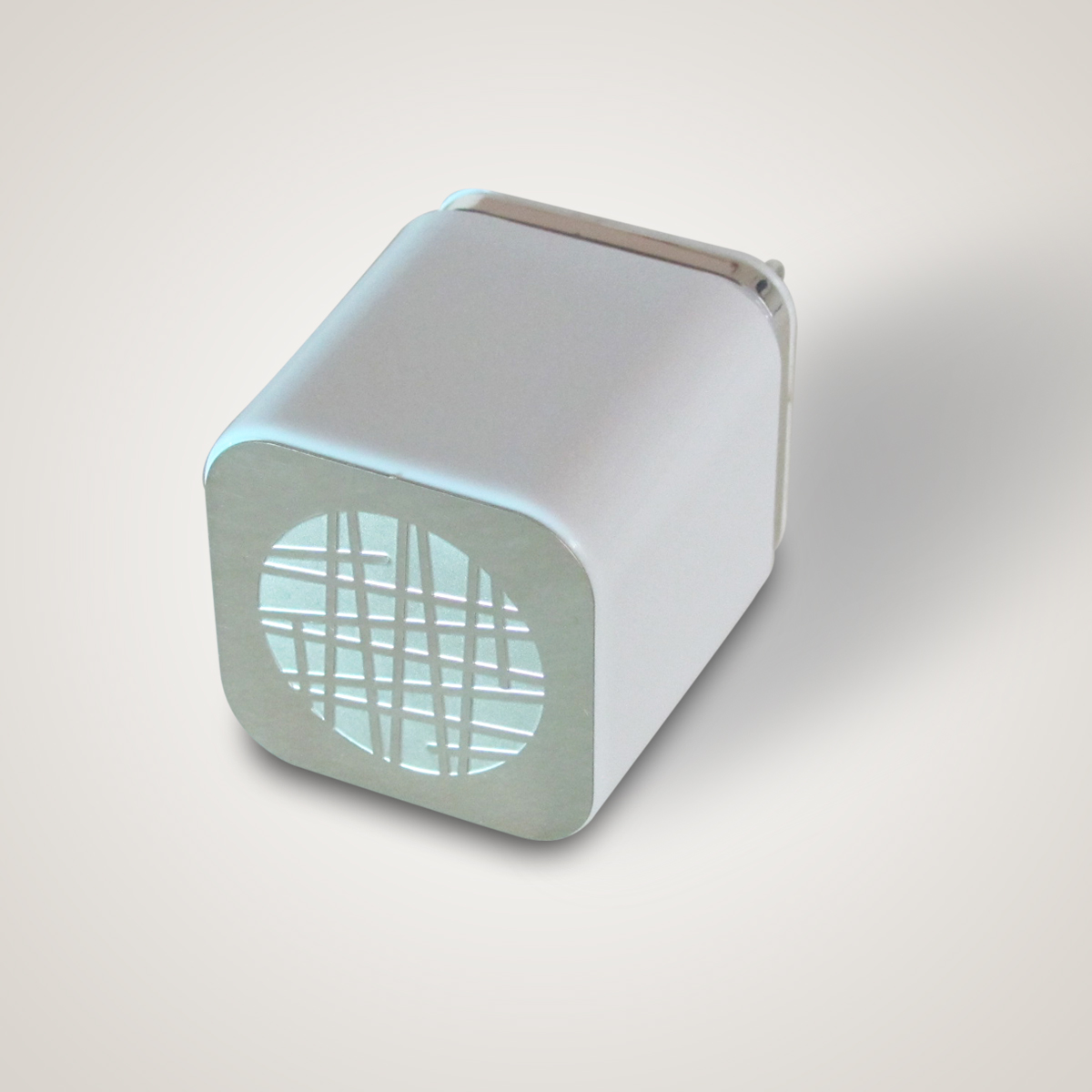This article discusses the subject of 5G radiation, a non-ionizing electromagnetic radiation. Because 5G radiation is small, it does not have the ability to break chemical bonds in biological tissues or cause any changes to cells. It is not known whether 5G radiation can affect the risk of skin cancer, and there is no evidence that has been found to suggest that it can cause any other diseases.

High-frequency millimeter radiation
High-frequency millimeter wave radiation from mobile phones and wireless networks may cause health effects to human beings. There are several ways in which this radiation could be harmful. In some cases, the radiation can cause damage to the person's DNA. In other instances the radiation may cause harm to other parts of the body, including the brain.
Recent studies have shown that 5G technology could result in thermal heating in tissues. As a result, the International Council on Non-Ionizing Radiation Protection (ICNIRP) has asked to review the current standards for biological and thermal safety. 5g radiation symptoms do not protect people from excessive heating when exposed to pulsed millimeter waves.
https://socialmarketinggenie.com/precisely-what-is-emf-radiation/
There isn't a definitive answer to the question of whether the 5G radiation could cause skin cancer. It is however thought that 5G RF-EMFs behave much like high-LET ionizing radiations. In turn, they may cause high levels of free radicals in the skin. The FCC has not issued any specific guidelines regarding the dangers of 5G technology, and the debate continues.
Although there are a number of studies regarding the impact of radio waves with higher frequencies on human health, they have remained largely limited in scope. However, there is concern over the effects of millimeter-wavelength exposure on oxidative stress and gene expression. These effects could be extended to the skin and various organs, like the brain.
Influence on other illnesses
A new generation of wireless technology called 5G is rapidly expanding, but scientists are advising against the potential health risks it could pose. 5G will dramatically increase the quantity of electromagnetic radiation that is found that we encounter in our surroundings. This issue has led to debates in a variety of nations, including Switzerland. In September 2017, 390 scientists and doctors supported a motion for the suspension of 5G technology. This call was ignored by the European Commission, which is in charge of controlling the use of 5G technology.

Therefore, more research is needed to assess the health effects of 5G. However studies have proven that 5G does not cause the same adverse effects on humans as radiofrequency from the older mobile networks. Also, it doesn't spread an entirely new strain of coronavirus. In addition it doesn't make people more susceptible to viral infections.
Exposure measurement
The measurement of exposure to radiation from 5G is an essential component of the security of 5G networks. There are two methods to measure exposure. One is to measure the RF power that is absorbed by human tissues. Another is measuring the quantity of radiofrequency energy released by an object. 5g radiation " (RF) can be described as an energy source that comes directly from radio receivers.
The United States, the FCC has imposed a restriction on the energy density of 5G mobile devices. The tests are able to test the power density of just a few inches, and it is the FCC does not require the measurement of each beam. However how much power is generated by each beam is estimated through computer simulation. The worst case scenario is then determined based on the design of each beam.
Study limitations
There has been a lot of discussion over the impact of 5G radiation on the health of humans. The Swiss government, for instance has issued an analysis that concludes 5G technology does not cause adverse health effects in the short term but there are no studies that show long-term effects. However, this report also contains a number of problems and bias in reporting.
The frequency and power of the radio waves that transmit energy will depend on the frequency. The energy that is carried by a millimetre wave will be the same as that of current radio waves however they will be less visible and will be better suited for high-density environments as they won't be easily block by walls or glass. Highly dense urban areas will require a high number of small, low-power sites, and suburban areas will benefit from 5G stations that operate at lower frequency.
